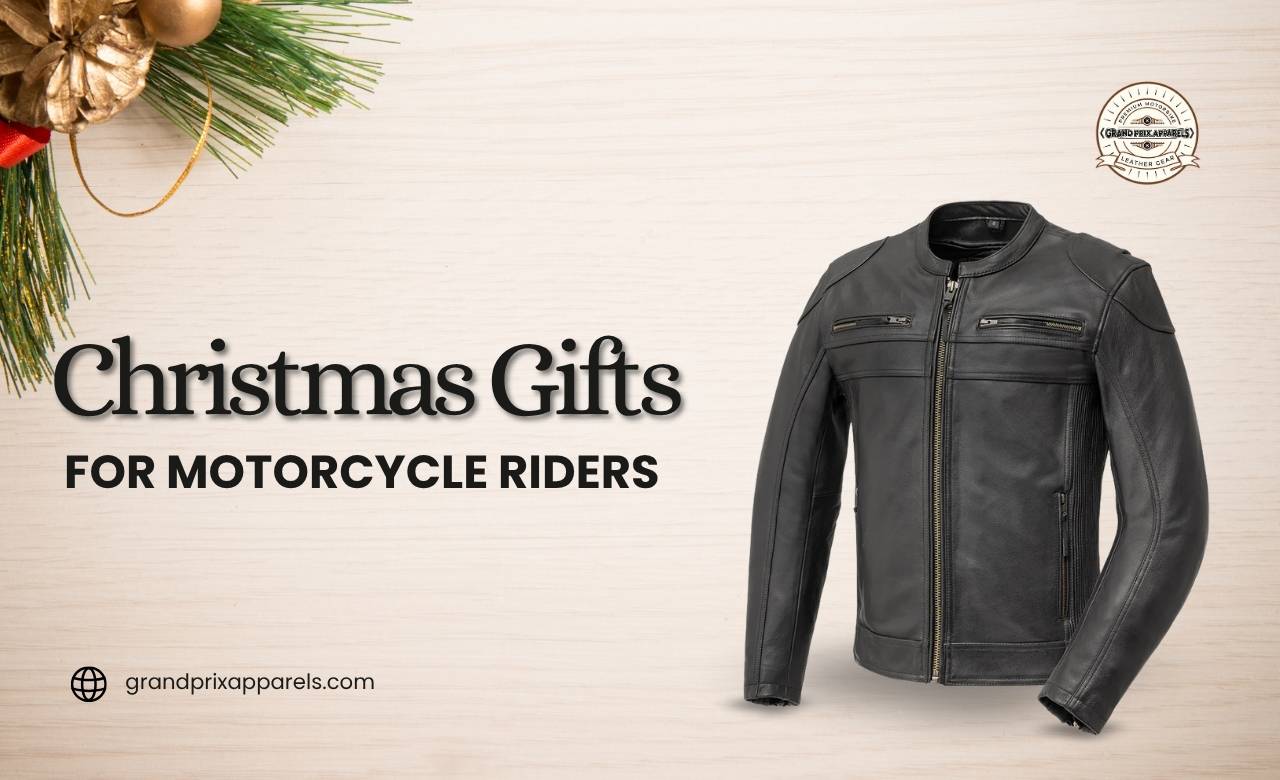
10 Christmas Gifts for Motorcycle Riders in 2025
Motorcycle riders live for the road, and Christmas is the perfect time to celebrate their passion. A well-chosen gift can add comfort, style, and convenience

When searching for a protective jacket, many buyers come across the term “CE Ratings.” These ratings play a crucial role in ensuring safety and product reliability, particularly for individuals engaged in outdoor activities or those working in hazardous environments. Understanding what these ratings mean can significantly influence your decision-making process.
CE stands for “Conformité Européenne,” which translates to “European Conformity.” This marking indicates that a product meets specific European safety standards. However, not all protective jackets are created equal, and that’s where getting familiar with the key features associated with CE Ratings becomes vital. Here’s what to look for:
CE Ratings are often accompanied by various safety levels. Familiarizing yourself with these categories can guide you in selecting the right jacket:
While safety is paramount, comfort shouldn’t be overlooked. A protective jacket should allow for freedom of movement without compromising safety. Here are essential factors to consider:
The materials used in a protective jacket significantly impact its durability. High-quality fabrics can withstand wear and tear, making your investment worthwhile. Consider the following materials:
If your activities involve a risk of impact, look for jackets equipped with padding or armor. CE Ratings often specify levels of impact protection. For instance:
This protective padding is particularly crucial for those involved in sports like motorcycling or skiing, where falls are a concern.
A reliable protective jacket should offer resistance to various weather elements. Look for features that enhance weather protection:
Not all brands adhere to the same safety standards. When considering a jacket, research the manufacturer’s credibility and whether their products have been tested and certified. Reputable brands often go above the minimum requirements, giving peace of mind regarding safety and reliability.
Taking the time to understand CE Ratings and the various features to look for in a protective jacket can help you make informed choices. Always prioritize your safety, comfort, and the specific requirements of your activities when selecting the right protective gear.
Remember, investing in a good protective jacket is not just about the immediate benefits but also about ensuring long-term safety in your pursuits.

Outdoor enthusiasts know that safety is paramount when it comes to engaging in activities such as rock climbing, mountain biking, or skiing. One of the key indicators of safety in protective gear, particularly jackets, is their CE rating. Understanding CE ratings can significantly improve your chances of avoiding injury while enjoying your favorite outdoor adventures.
CE stands for Conformité Européenne, which translates to European Conformity. This marking indicates that a product meets the safety standards established by the European Union. In the realm of protective clothing, CE ratings indicate that a jacket has undergone rigorous testing to assess its effectiveness in protecting against specific hazards. This is especially crucial for outdoor enthusiasts who often find themselves in unpredictable environments.
When selecting a protective jacket, consider the following aspects related to CE ratings:
One major advantage of CE-rated jackets is their emphasis on injury prevention. For instance, during a fall or collision, a jacket with impact protection features can significantly reduce the risk of serious injuries. Additionally, a jacket that adheres to CE standards often includes materials designed to withstand harsh weather, keeping you dry and warm even in challenging conditions. This can be vital not just for comfort but for maintaining your ability to respond to emergencies effectively.
Furthermore, ethical considerations play a role in your choice of protective jackets. Many consumers today are increasingly aware of environmental sustainability and ethical manufacturing practices. Opting for brands that prioritize these aspects, alongside CE ratings, aligns your outdoor activities with broader values. By choosing responsibly, you not only protect yourself but also contribute to the well-being of the planet.
Keep in mind that while CE ratings can guide you in selecting safe outdoor gear, they are only one part of the equation. Always consider the specific environment you’ll be in. For example, if you’re tackling a rugged mountain terrain, a jacket designed for extreme conditions will be more beneficial than a standard one. Similarly, if you’re venturing into areas prone to inclement weather, prioritize jackets with high waterproof ratings and breathability.
Moreover, personal experiences and word-of-mouth recommendations can greatly influence your purchase. Connect with fellow outdoor enthusiasts to gain insights on which CE-rated jackets have performed well in real-world situations. This community feedback can provide invaluable information that formal testing may not cover.
Ultimately, the importance of CE ratings in protective jackets cannot be overstated. They offer a baseline of assurance that your gear meets safety standards tailored for outdoor activities. By understanding the meaning behind the ratings and what features they entail, you empower yourself to make more informed choices, ensuring that your outdoor adventures remain safe, enjoyable, and memorable.
When you’re gearing up for your next outdoor adventure, don’t overlook the significance of CE ratings. They are a crucial factor in ensuring your safety, comfort, and performance in the field. Whether you’re a seasoned outdoor warrior or a newcomer to the world of hiking and climbing, being equipped with the right knowledge can help you stay protected as you explore the great outdoors.

When choosing a protective jacket, understanding CE ratings can significantly influence your decision. CE ratings serve as a crucial indicator of a jacket’s safety standards, particularly for outdoor enthusiasts who know the importance of protection while engaging in their favorite activities. For anyone who spends time outdoors, whether due to work or leisure, investing in gear that meets CE regulations isn’t just an option—it’s a necessity.
CE stands for “Conformité Européenne,” which translates to “European Conformity.” This marking signifies that the product has passed stringent tests and complies with European health, safety, and environmental requirements. When it comes to protective jackets, these ratings provide invaluable insights into the garment’s ability to shield the wearer against various risks. Understanding the categories under which jackets are rated can empower you to make informed choices.
One of the key features to consider is the jacket’s intended use. Various activities, such as skiing, cycling, or hiking, demand different levels of protection. For instance, a jacket designed for motorcycling may be equipped with tougher materials to withstand impacts better than one made for casual hiking. Therefore, selecting a jacket with the right CE rating for your specific activity is essential.
Moreover, you should pay attention to the CE armor or padding integrated into protective jackets. The best jackets come with CE-certified armor made from advanced materials that provide protection without sacrificing comfort. This armor is designed to absorb and distribute energy from impacts effectively. Look for jackets that have Level 1 or Level 2 armor ratings, as these levels indicate higher degrees of impact protection and durability.

Motorcycle riders live for the road, and Christmas is the perfect time to celebrate their passion. A well-chosen gift can add comfort, style, and convenience
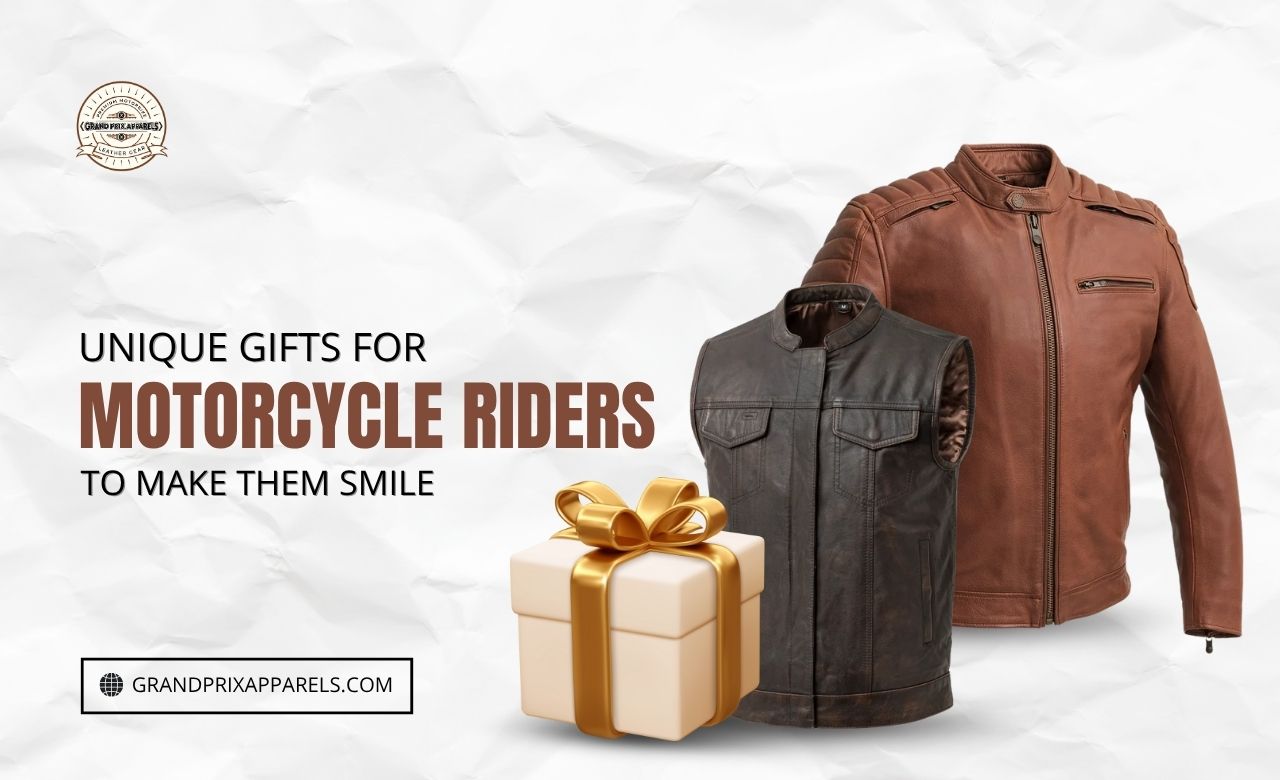
Motorcycle riders appreciate gifts that resonate with their passion, add value to their rides, and offer something distinctive. The right pick strikes a balance between
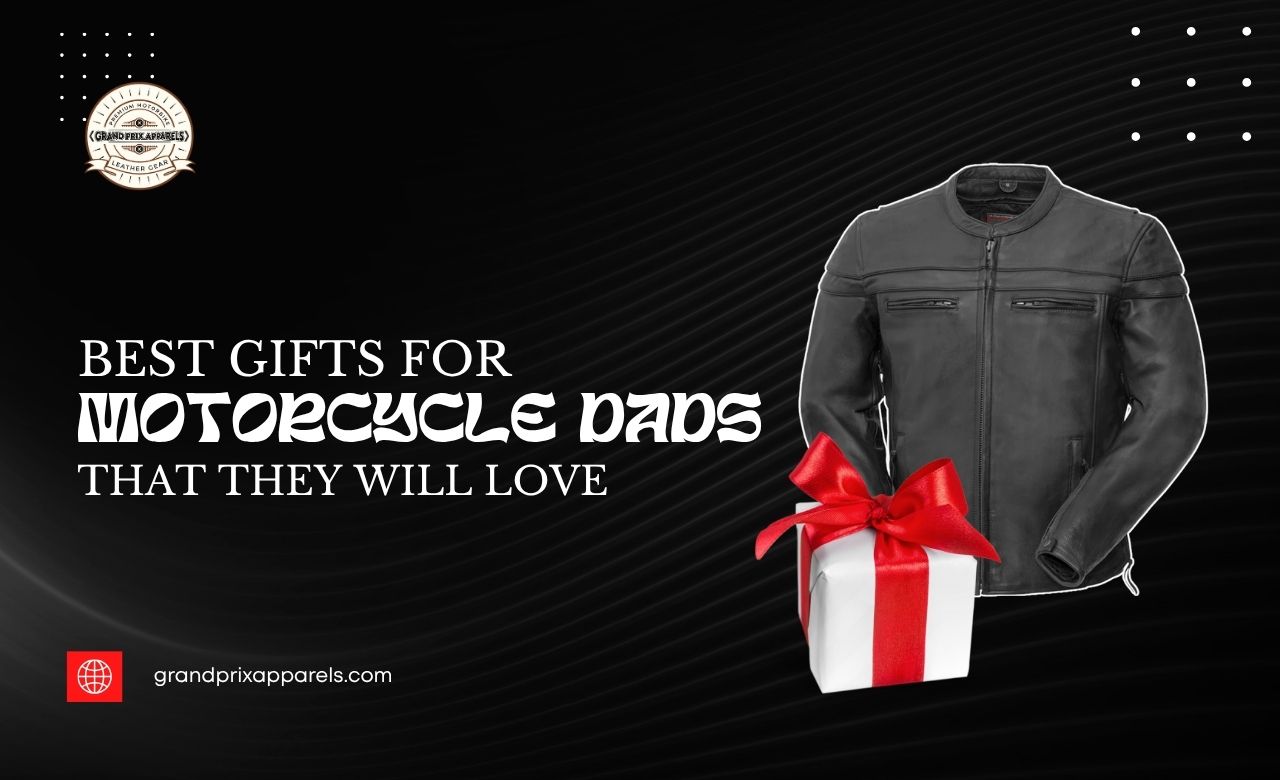
Motorcycle dads are passionate riders. They thrive on the open road, love the sound of the engine, and enjoy the thrill of every ride. If
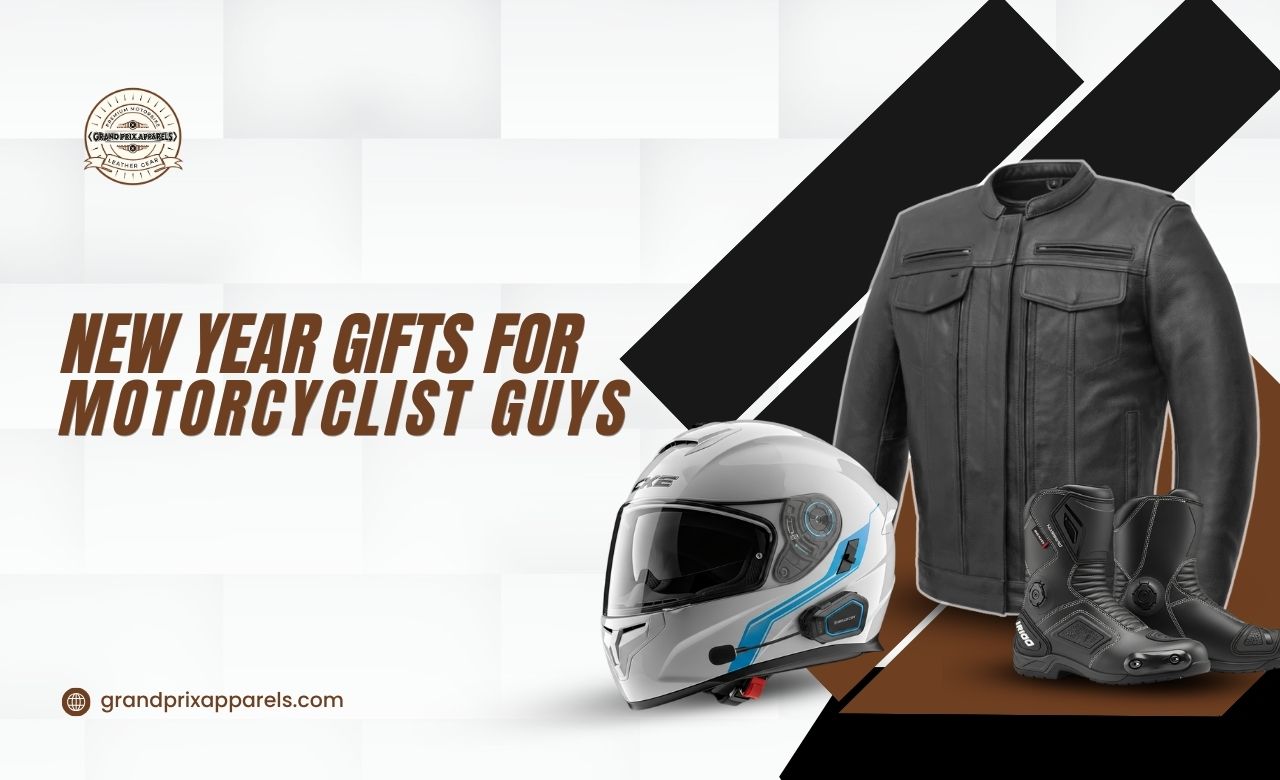
The New Year is the perfect time to surprise the biker in your life with a gift that blends excitement, purpose, and lasting value. Riders
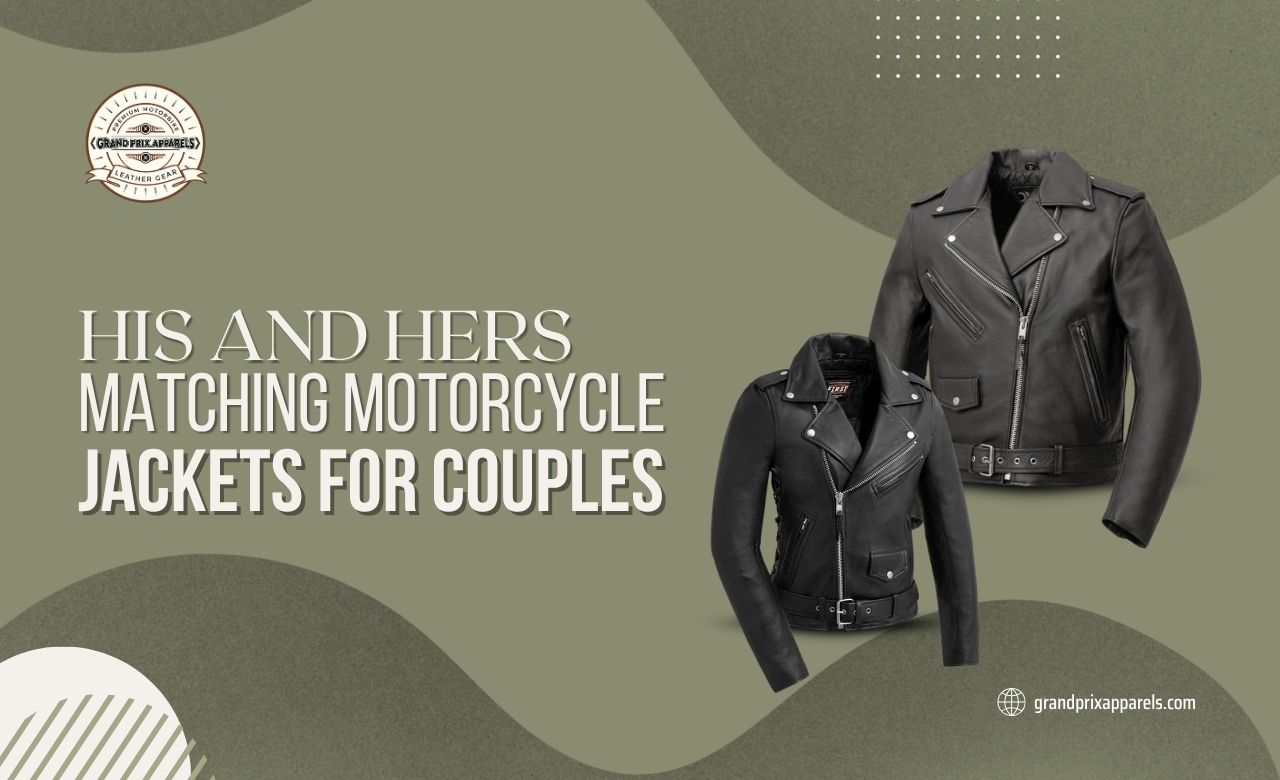
Riding together is more than just a hobby; it’s a way to bond, explore, and create memories on the open road. Matching motorcycle jackets are
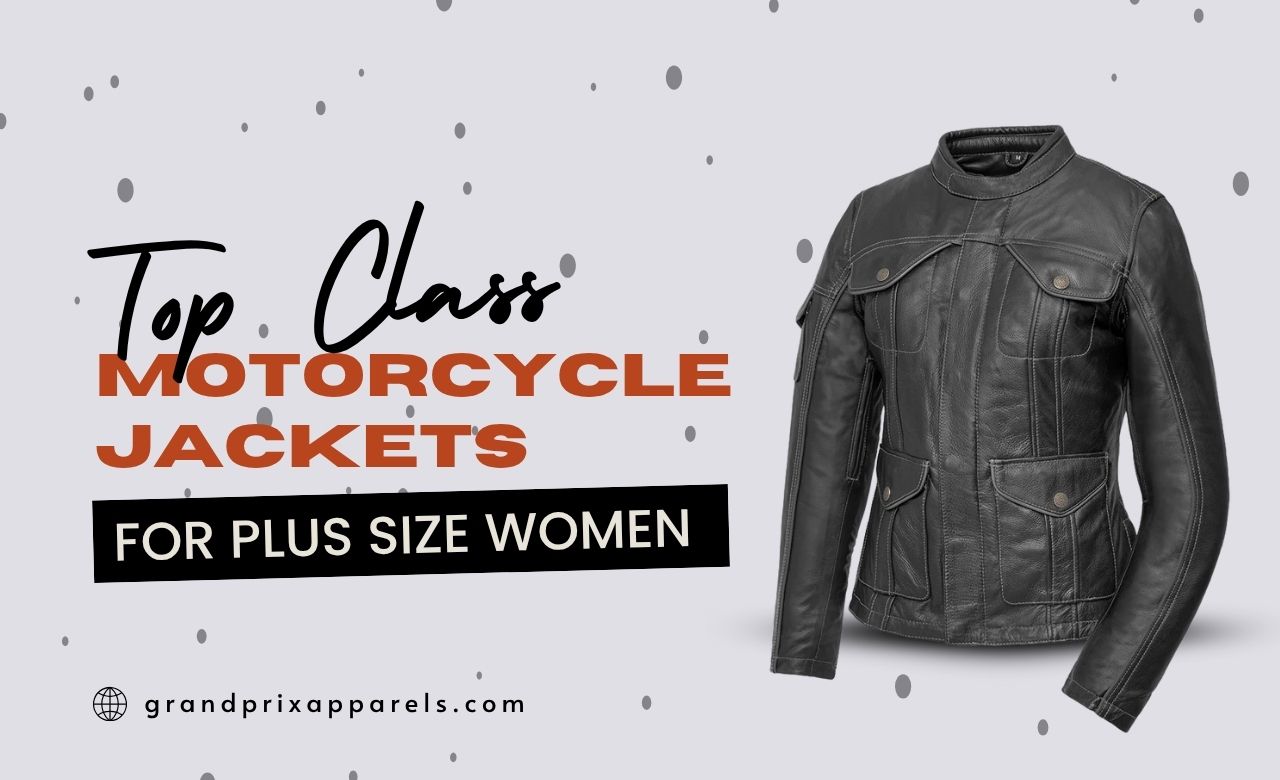
Every rider deserves gear that fits well, looks great, and feels comfortable, no matter the size. For plus-size women riders, finding the perfect motorcycle jacket
70 Pitman Ave, Fords, New Jersey, US
info[at]grandprixapparels.com
custom[at]grandprixapparels.com

Proin ullamcorper pretium orci donec necscele risqueleoam massa dolor imper dietnec consequata congue idsem maecenas malesuada faucibus finibus.
Uluwatu Jimbaran ST, 1919 - Bali, Indonesia
+62 212-345-321
deva@mail.com